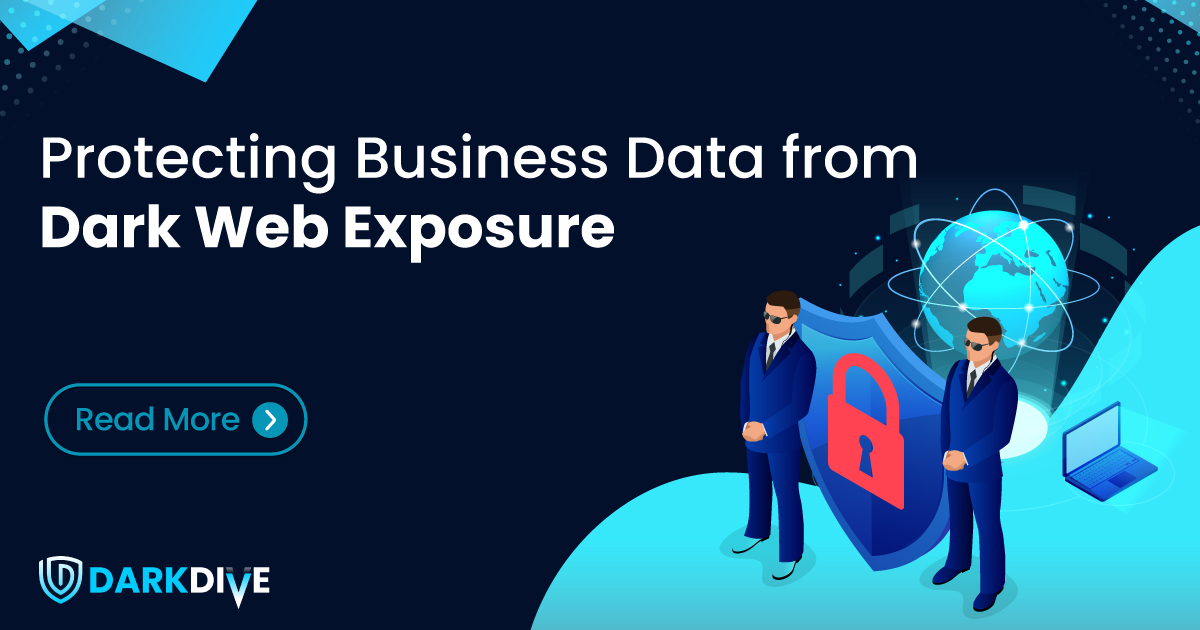
Because once your data ends up on the dark web, it’s already out of your hands.
The more connected your business becomes, the more exposed it is. Cloud apps, remote teams, and digital vendors—together, they’ve unlocked incredible speed and flexibility. But they’ve also multiplied the risk surface. And if one gap isn’t managed right, there’s a good chance it’ll show up in a dark web listing, packaged and sold before your team even knows it’s missing.
The dark web isn’t some mythical hacker void, it’s a thriving network of buyers and sellers, trading stolen credentials, sensitive data, and corporate access every single day. But here’s the thing: most exposures aren’t due to sophisticated hacks. They happen because of small oversights that go unnoticed until it’s too late.
So how do you minimize your chances of showing up on one of those hidden marketplaces?
Tighten Credential Hygiene
Weak passwords and credential reuse remain one of the most common ways threat actors gain access. Once a single login is exposed—whether through phishing, brute force, or third-party leaks—it often becomes the key to a broader attack. And if that login is reused across platforms, the damage multiplies.
Know What Data Matters
Not every document or dataset is a crown jewel. But some are. Product roadmaps, client records, legal agreements, executive communications—this is the kind of information cybercriminals hunt for. Unfortunately, many teams don’t have a clear map of where sensitive data lives or who can access it.
Start by classifying critical data. Then enforce role-based access controls, limit sharing, and track file activity across teams. Visibility starts with knowing your own terrain.
Secure the Vendors You Rely On
Third-party integrations make everything run smoother, but they also introduce risk. One exposed API key or compromised vendor account can open a backdoor into your environment. And you may not even know it happened until credentials start surfacing in dark web forums.
This is the section that benefits from pointers:
- Vet all vendors before onboarding. Ask about their security practices, certifications, and history.
- Limit the data they can access. Provide the minimum level of permissions needed.
- Monitor integrations continuously. Watch for unusual behavior or traffic spikes.
Include breach notification clauses. Make sure vendors are contractually obligated to inform you of any incidents.
Don’t Skip the Human Layer
Phishing works because people click. That’s not a tech flaw—it’s a training one. Social engineering remains one of the fastest-growing tactics for accessing internal systems, and most of it can’t be stopped by software alone.
Build a culture of security. Train employees to recognize red flags, question odd requests, and avoid risky behaviors like using personal devices or accounts for work. The earlier someone reports suspicious activity, the faster your team can respond.
Make Monitoring a Habit, Not an Afterthought
Security isn’t static. Networks evolve, teams change, and tools update. What was secure last month may not be today. Regular audits help you catch misconfigurations or forgotten permissions before they become breach points. And active monitoring gives you the chance to spot—and shut down—suspicious activity before it escalates.
Where DarkDive Fits In
Even with the best tools in place, you won’t see what’s happening in dark corners of the internet unless you’re actively watching. That’s where DarkDive comes in. From credential dumps to insider discussions, we monitor underground forums and dark web marketplaces in real time, flagging exposures before they turn into full-scale crises. Because minimizing exposure doesn’t just mean protecting what’s inside. It means knowing exactly what’s happening outside before it hits your doorstep.
Conclusion
Dark web exposure isn’t a future threat; it’s a present risk. But with the right controls, habits, and visibility, it’s one you can stay ahead of. Protecting your organization starts with understanding where your data lives, how it moves, and who’s watching. Because when it comes to dark web risks, being proactive isn’t optional, it’s essential.
